Description
HISTORY OF THE LSWR 700
The London South Western Railway 700 Class of 0-6-0 steam locomotives designed for freight work across the LSWR system. Early in 1895 there was a need for a further 25 to 30 goods locomotives on the LSWR. At the time William Adams was ill but his Works Manager obtained permission to approach outside contractors for quotations & delivery dates. No further action was taken in the hope that Adams would recovers, however, this would not be & we was forced to retire due to his declining health. In his place, Dugald Drummond was appointed as the CME of the LSWR.
Drummond immediately substituted his own drawings for the 0-6-0 goods locomotives and obtained tenders from seven manufacturers. Eventually the tender by Dubs & Co was accepted for delivery of the locomotives by June 1897. Most were delivered by that date with a few a couple of months late. Drummond had designed locomotives that were very similar to a previous class of his built for the Caledonian Railway some years earlier.
The new engines subsequently had standardized parts, such as the boiler, firebox, cylinders and motion, common with the classes M7, C8 and K10 locomotives. At delivery time they were numbered 687-716, and logically the class should have become known as the ‘687’ class as no. 700 was merely the 14th loco built and delivered. Initially they suffered some mechanical problems, particularly with jamming regulators which caused some mishaps, and a few broken axles, but eventually they settled down to handling the company’s heaviest goods trains, taking over duties from the Adams ‘395’ and ‘Jubilee’ classes. Frequently they appeared on secondary passenger trains as well. They were allocated to most of the major sheds of the system, from Nine Elms through to Exmouth Junction.
Within one year of introduction, in 1898, nos. 702-16 were renumbered, somewhat haphazardly, to 306/8/9/15/7/25-7/39/46/50/2/5/68/459, to make way for new T9. Subsequently no.459 was renumbered yet again, this time to 316, to make way for a new T14 4-6-0. And so things continued unchanged, each locomotive doing solid, unglamorous work, right through WW1.
In 1919, Urie decided to apply superheating to no. 316 (ex-459, ex-716), requiring extended smokebox, extensions to the frames and raising the boiler pitch by 9 inches. The raising of the boiler meant that the cab design and shape required changes, making it seem taller, which was emphasized by the substitution of a rather stark stovepipe chimney. In due course superheating was applied to the remainder of the class by Maunsell after the grouping. Many of the class were involved in a series of tender exchanges with classes T9, D15, K10 and L11 to enable T9s to work on the ex-SECR lines in the 1920s. At one point in 1936, the 700 class was reclassified as C class, but this caused confusion with the ex-SECR C Class locomotives and the change was discarded.
The arrival of the S15s, the Q Class 0-6-0s and subsequently the Q1 Class 0-6-0s, meant that some of the usual duties of the 700s were lost but there continued to be very useful goods work for them until almost the end of steam. In 1948 all had 30000 added to their numbers, but they all continued working into the 1950s. Except for no 30688, an accident casualty in 1957, they all survived until the rapid decline in goods traffic and local branch and secondary lines in the early 1960s. Wholesale withdrawal of the class took place in 1961 and 1962, although 30697 was steamed for the last time in January 1964, after a lifespan of almost 67 years.

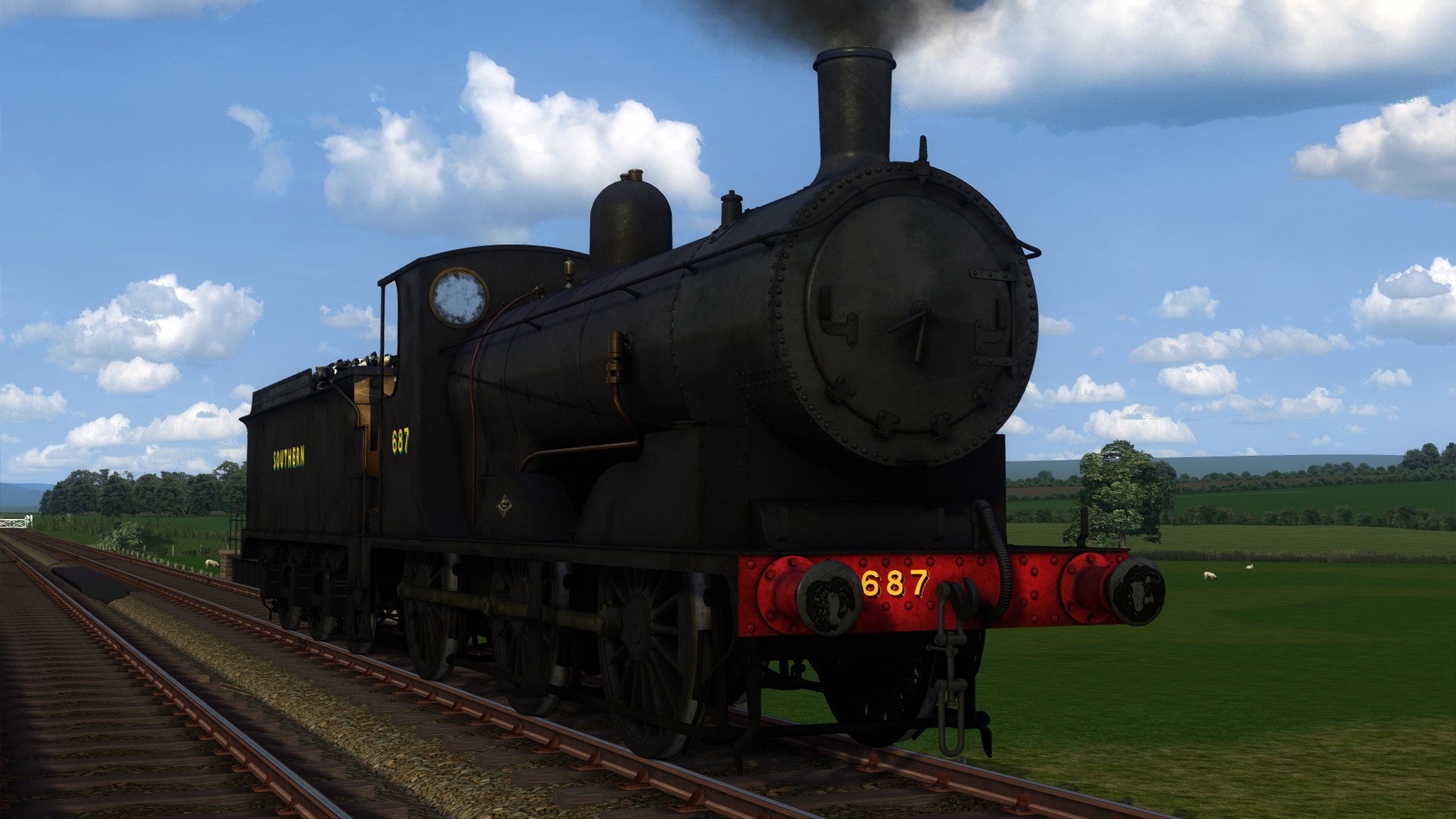
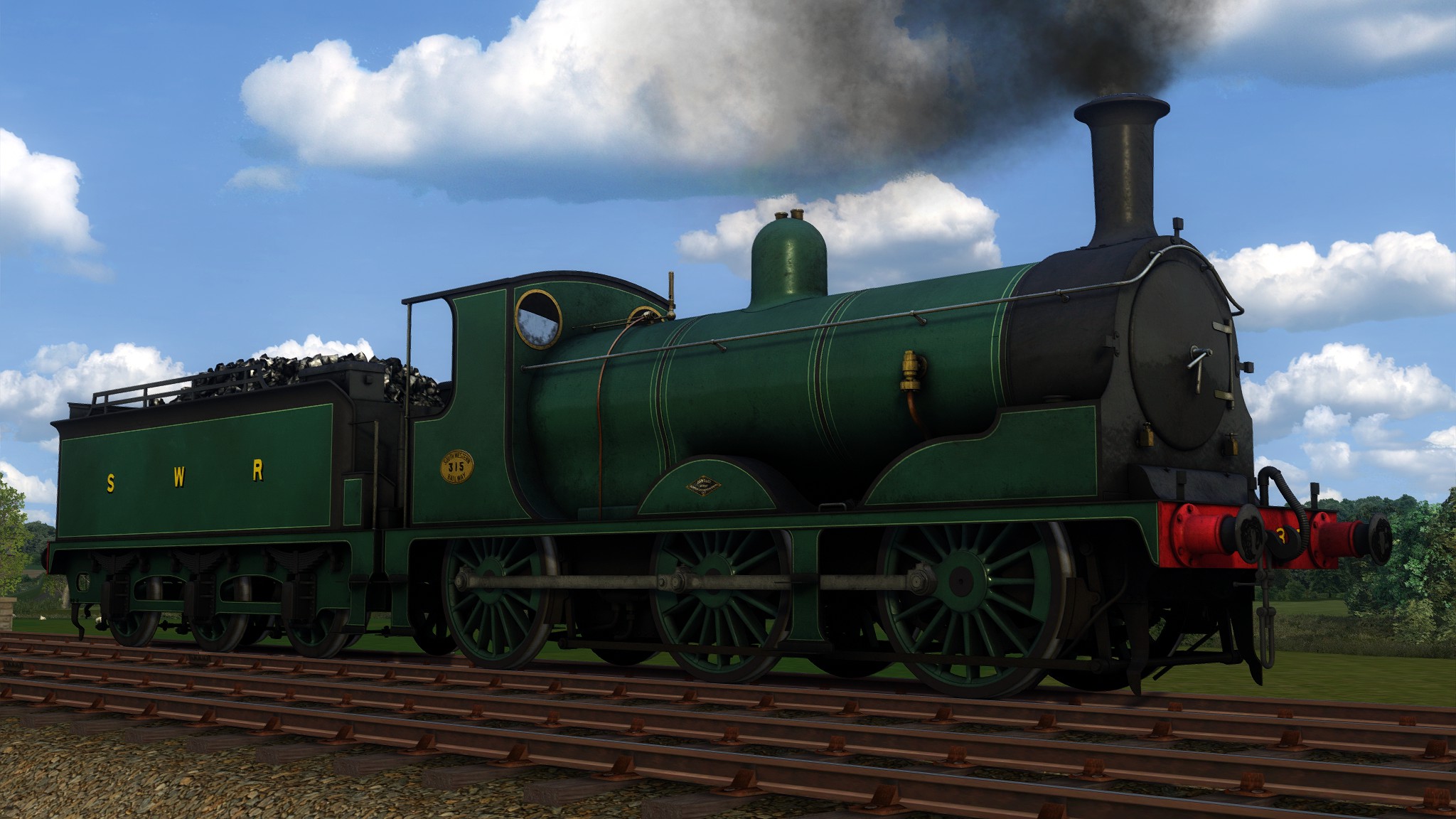
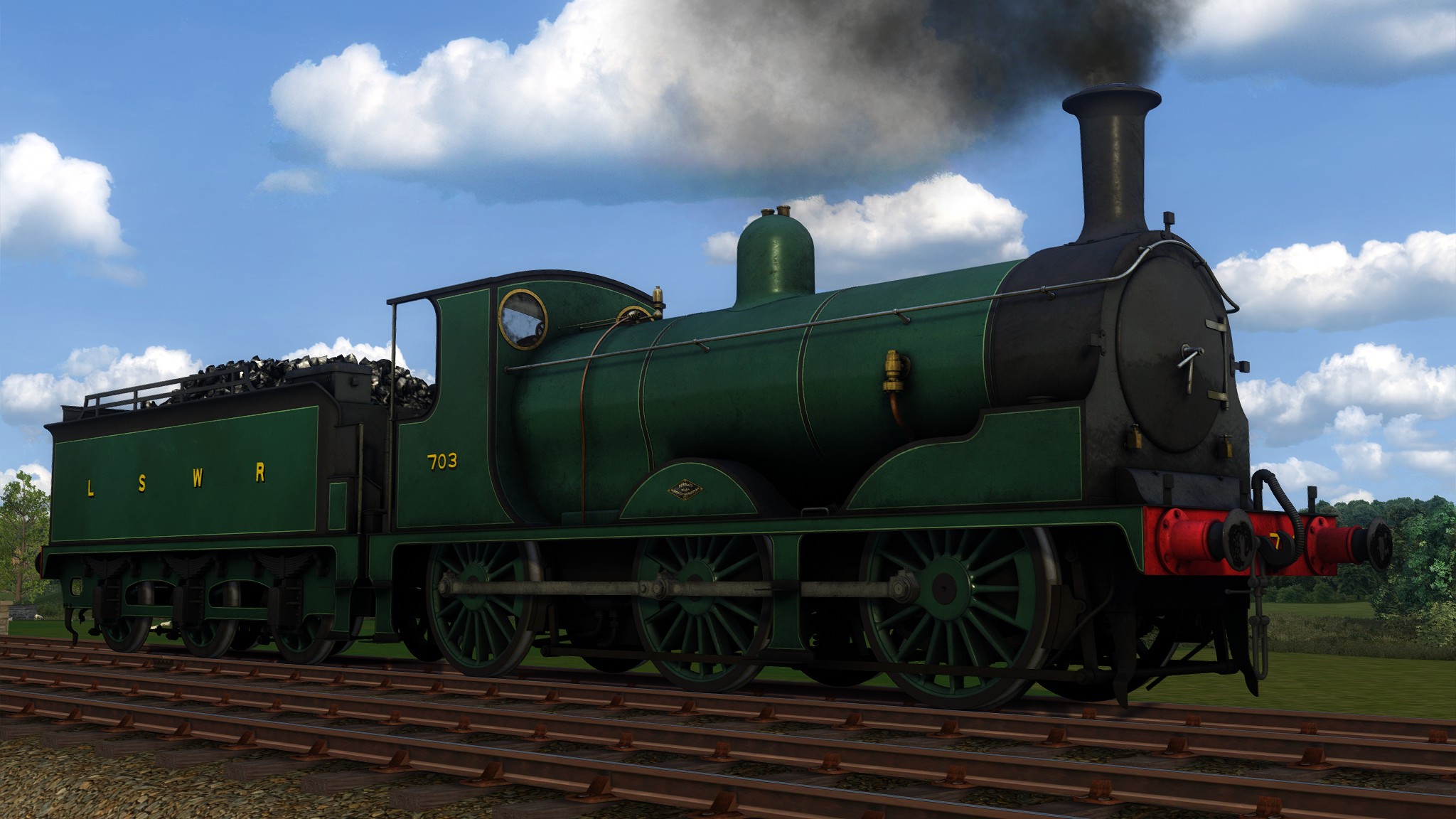
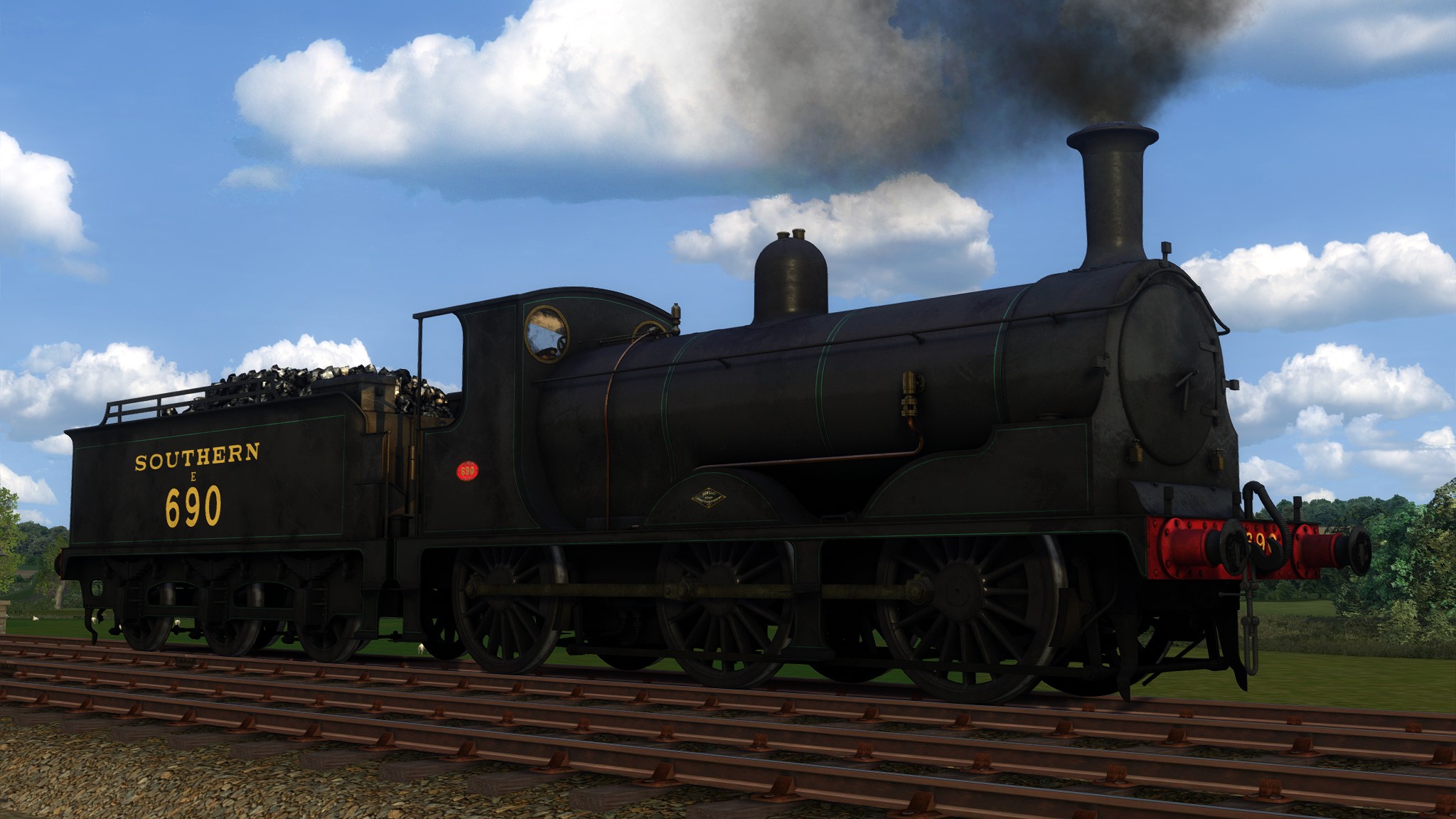

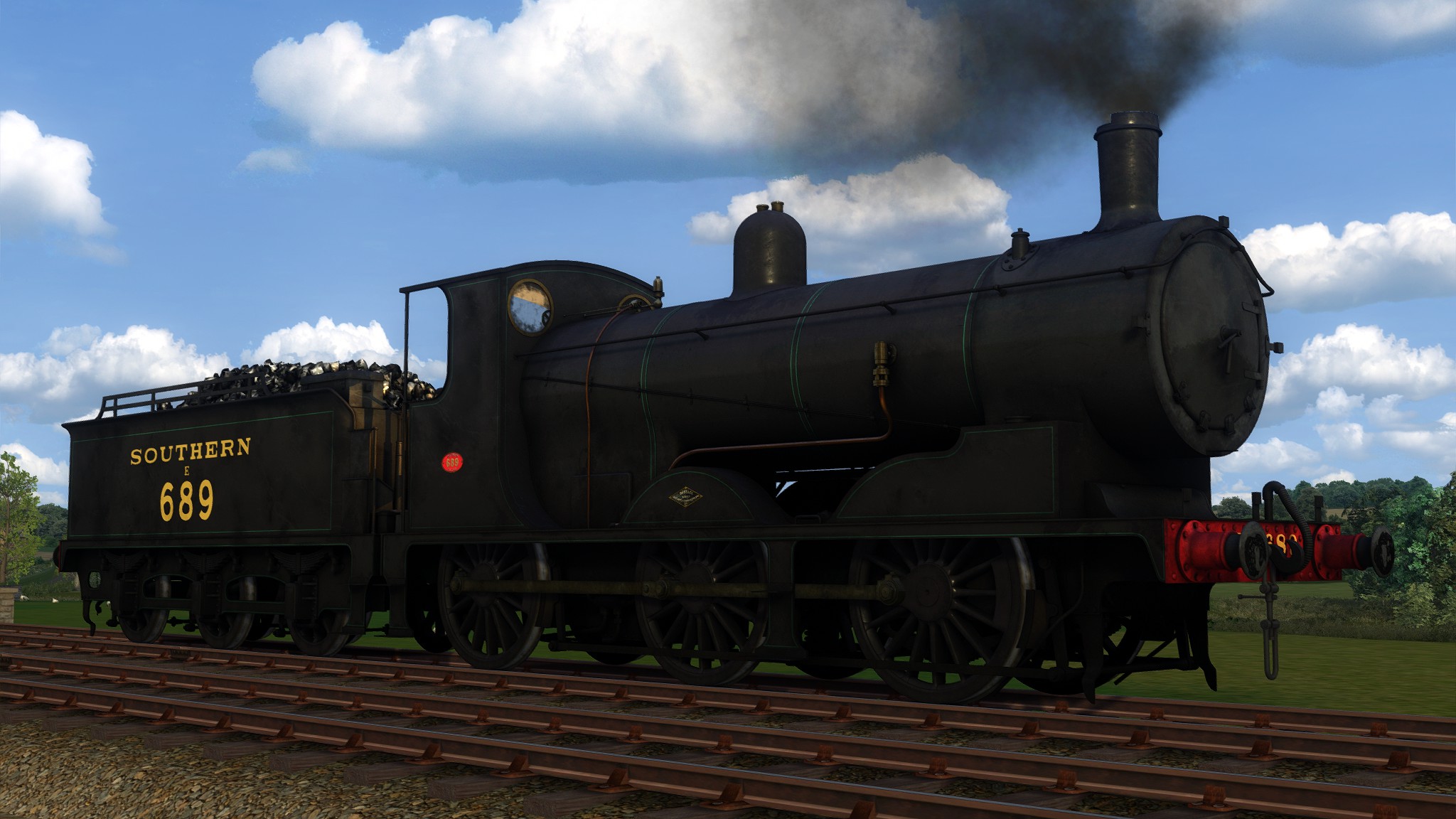
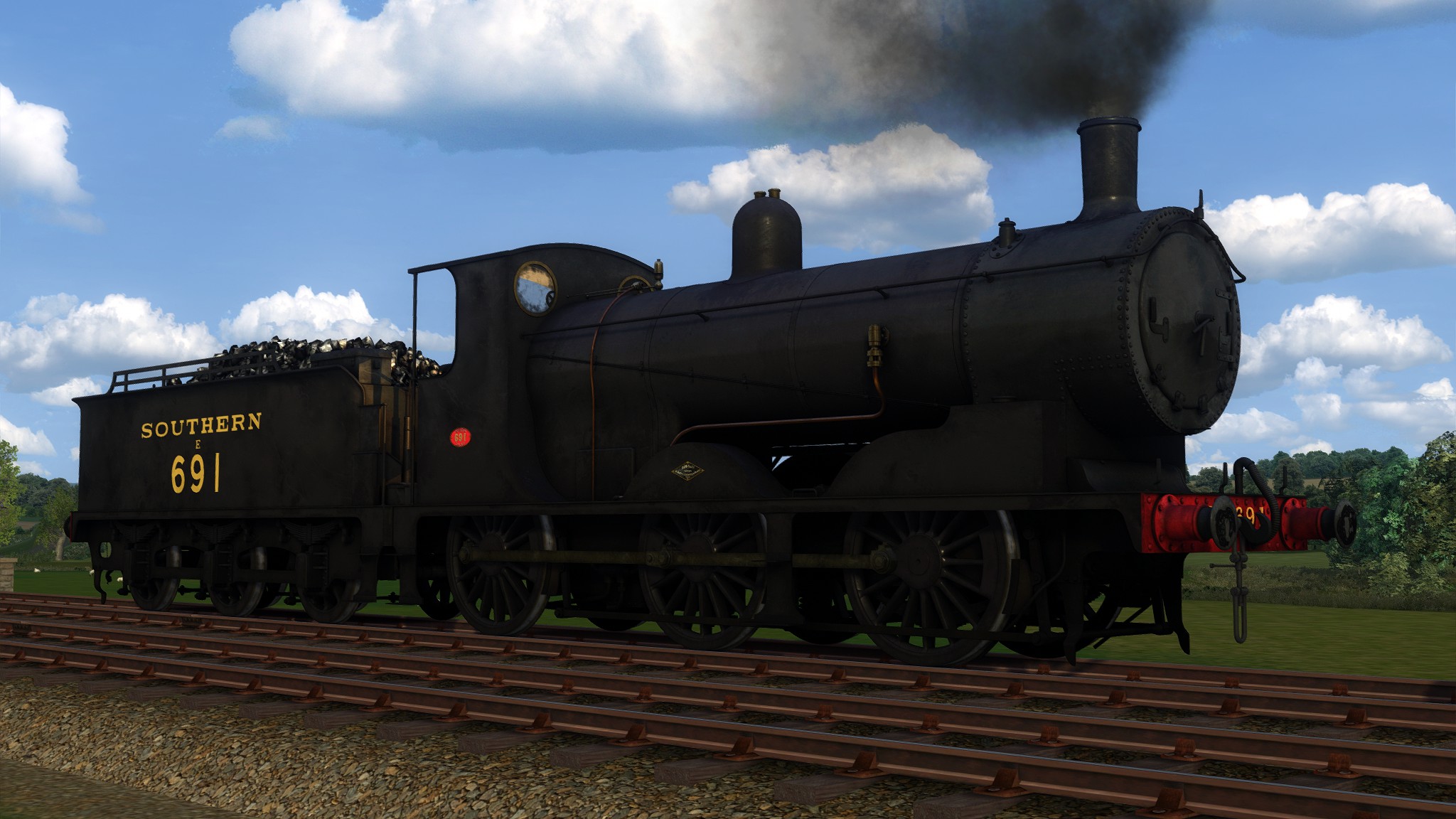
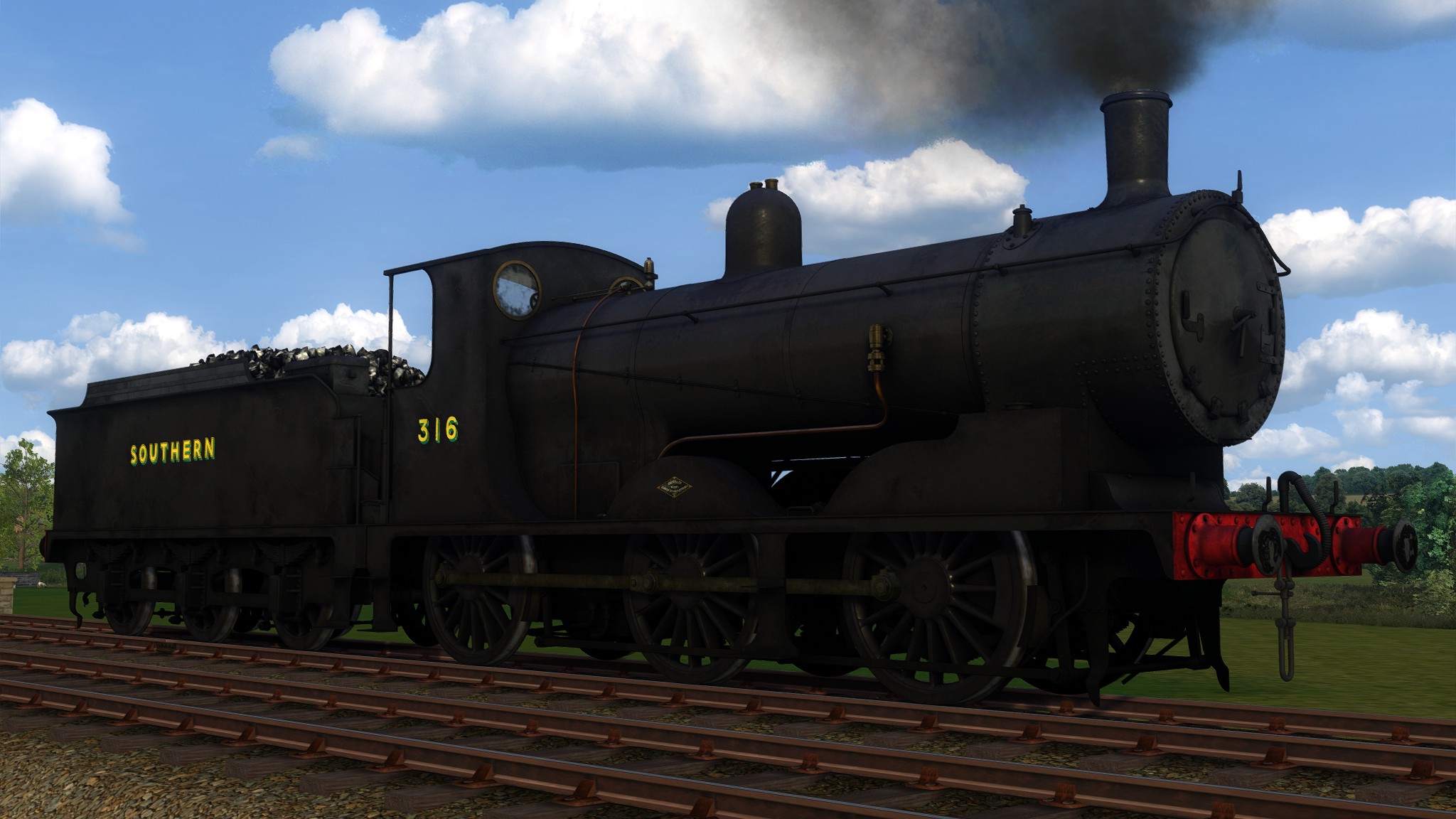
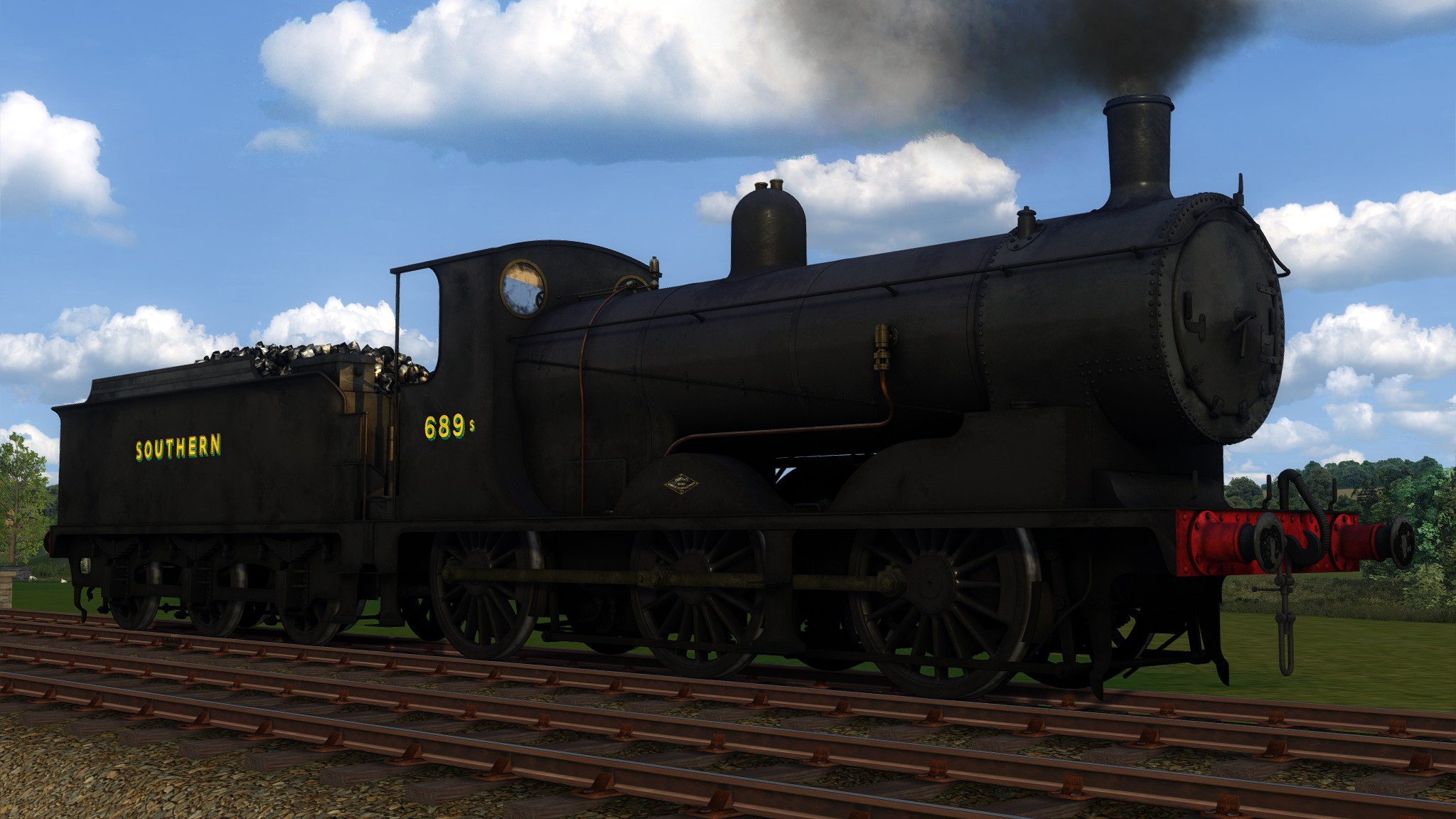
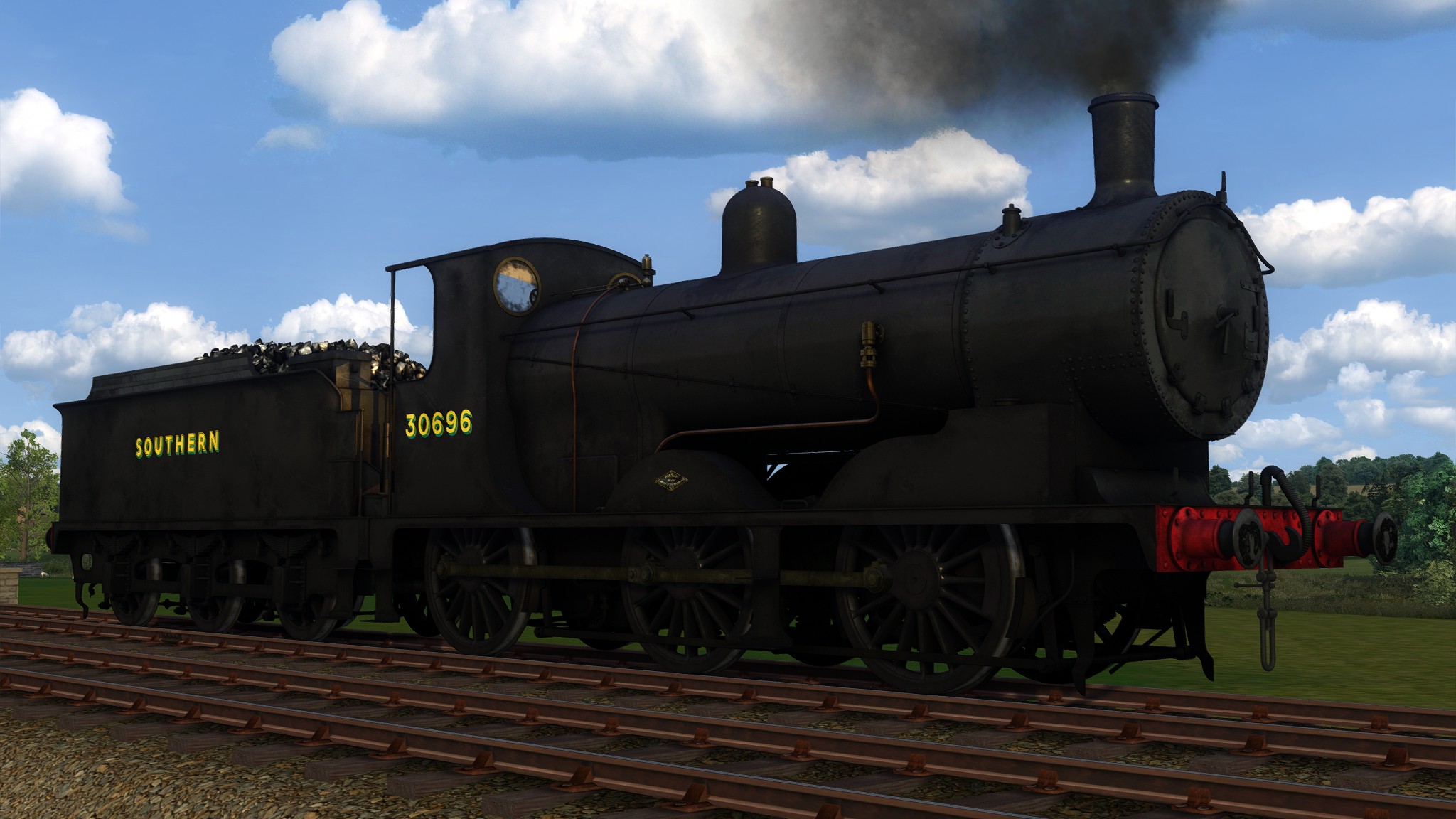
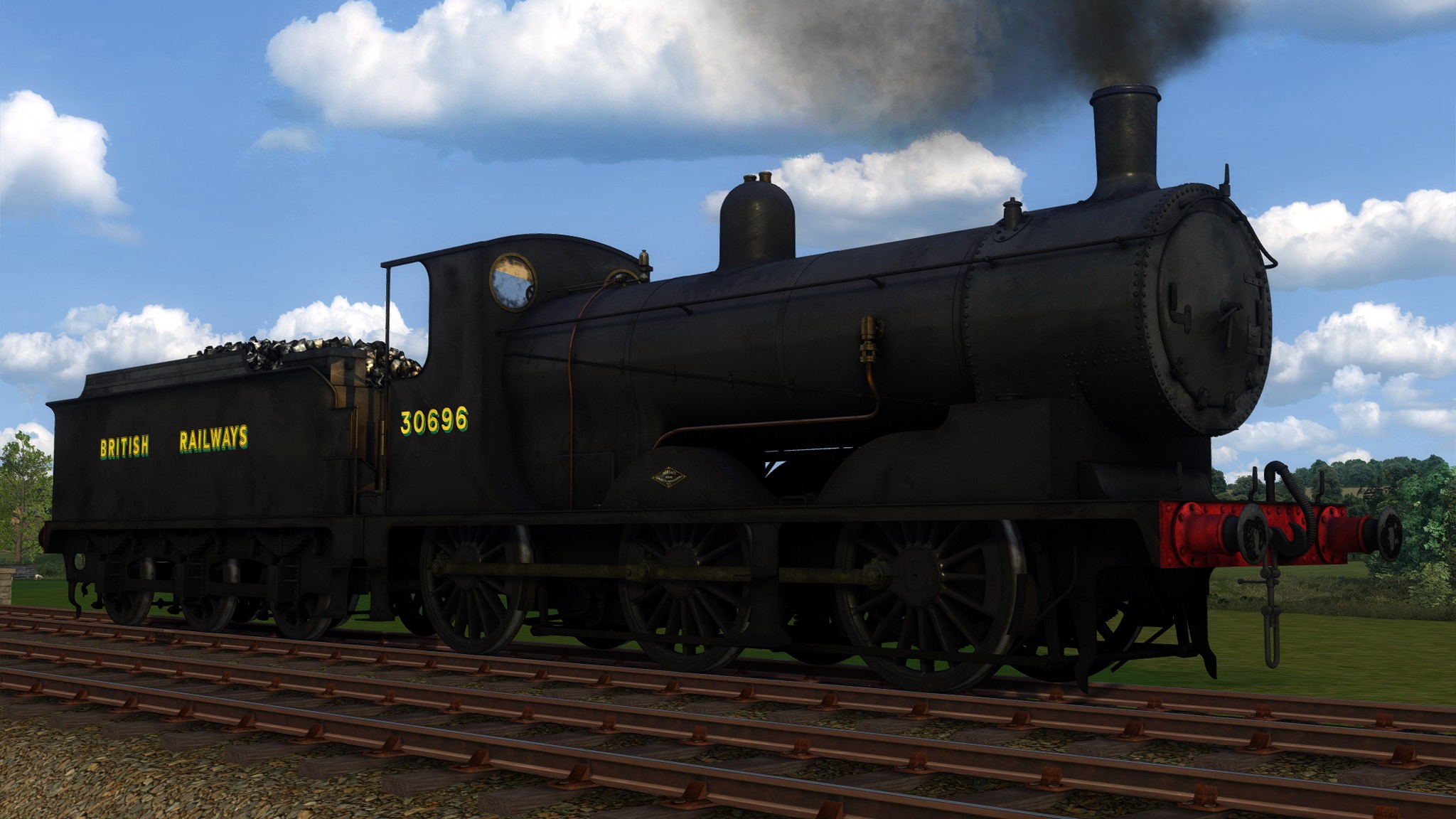
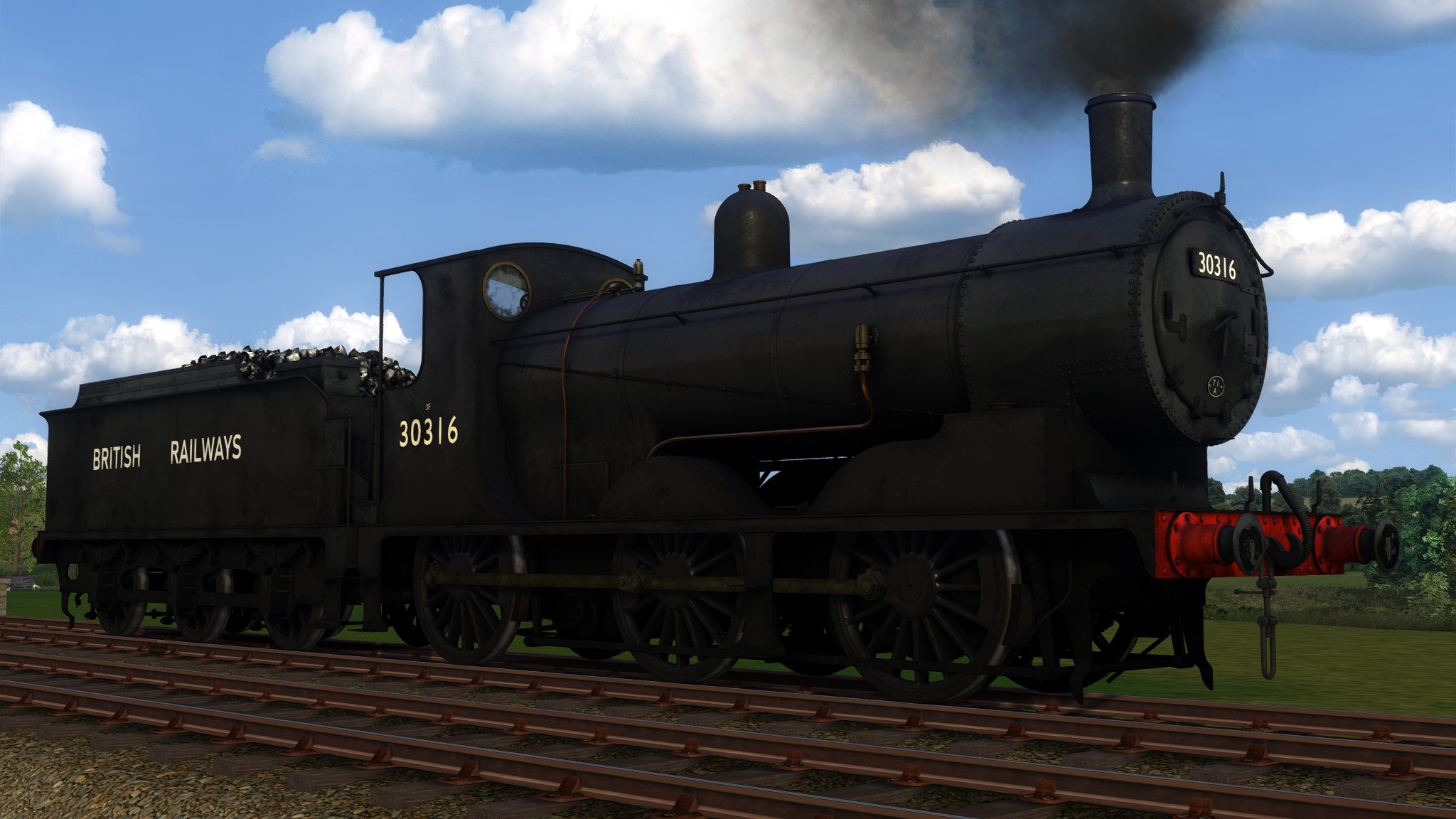
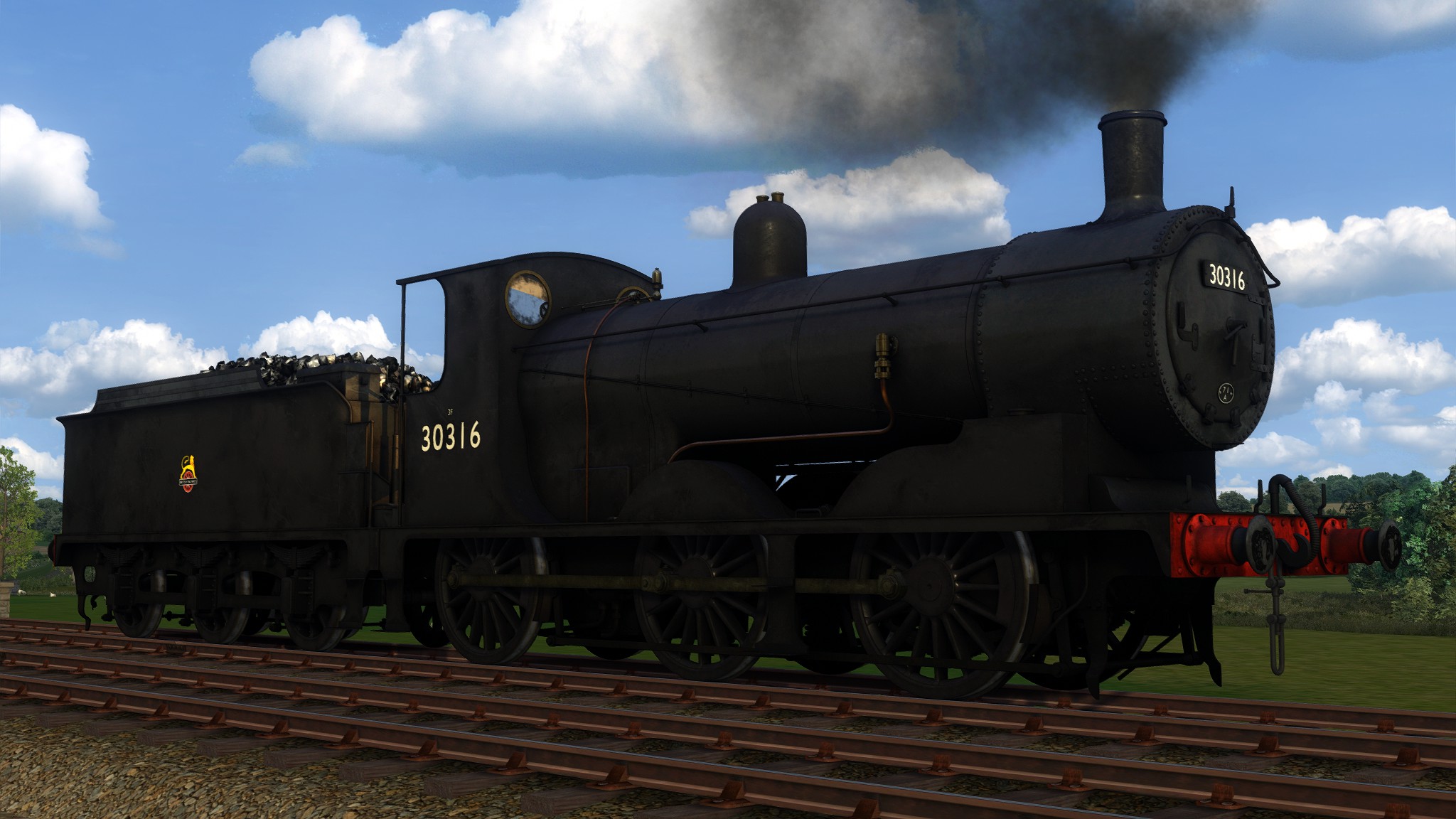
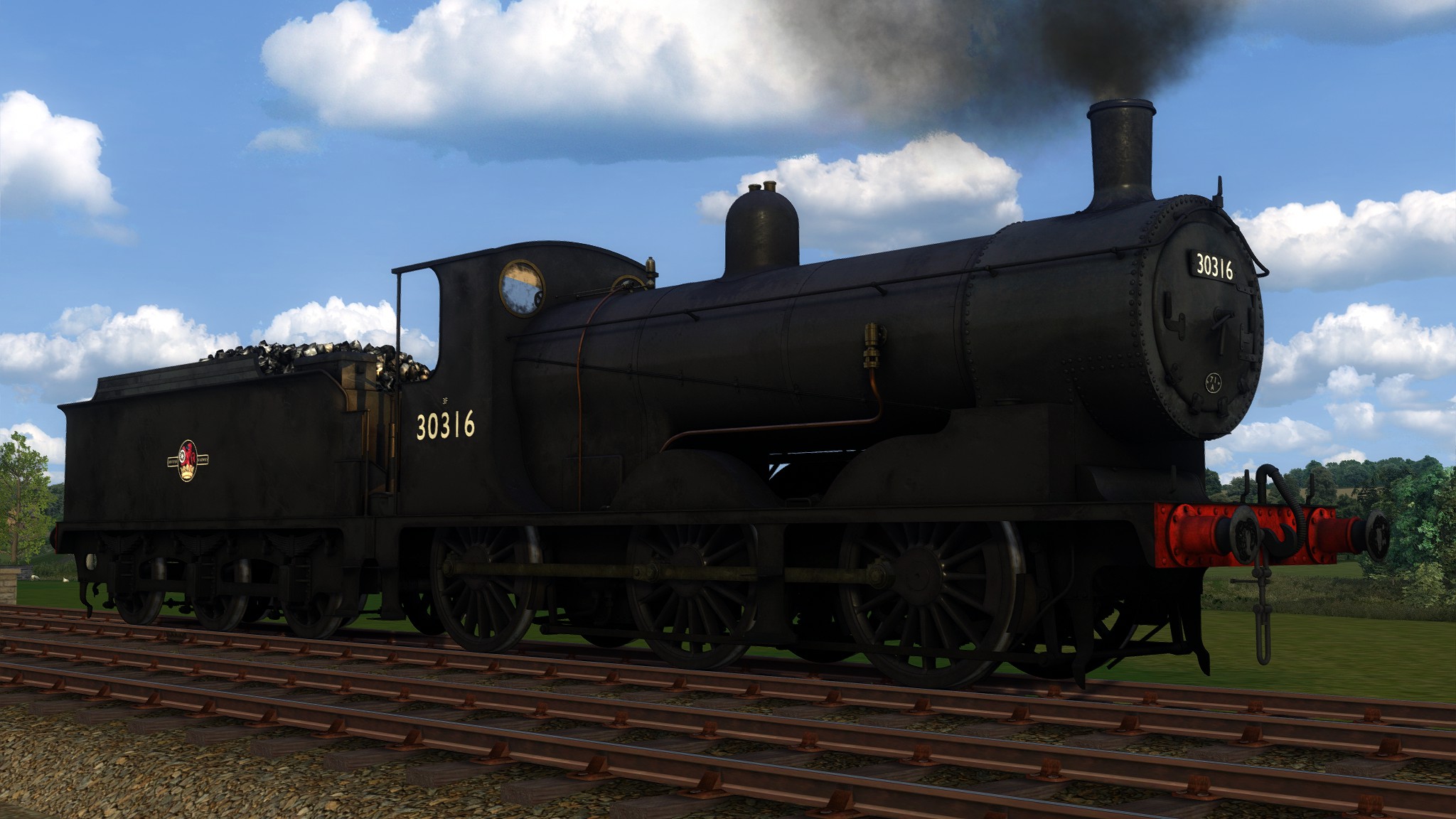
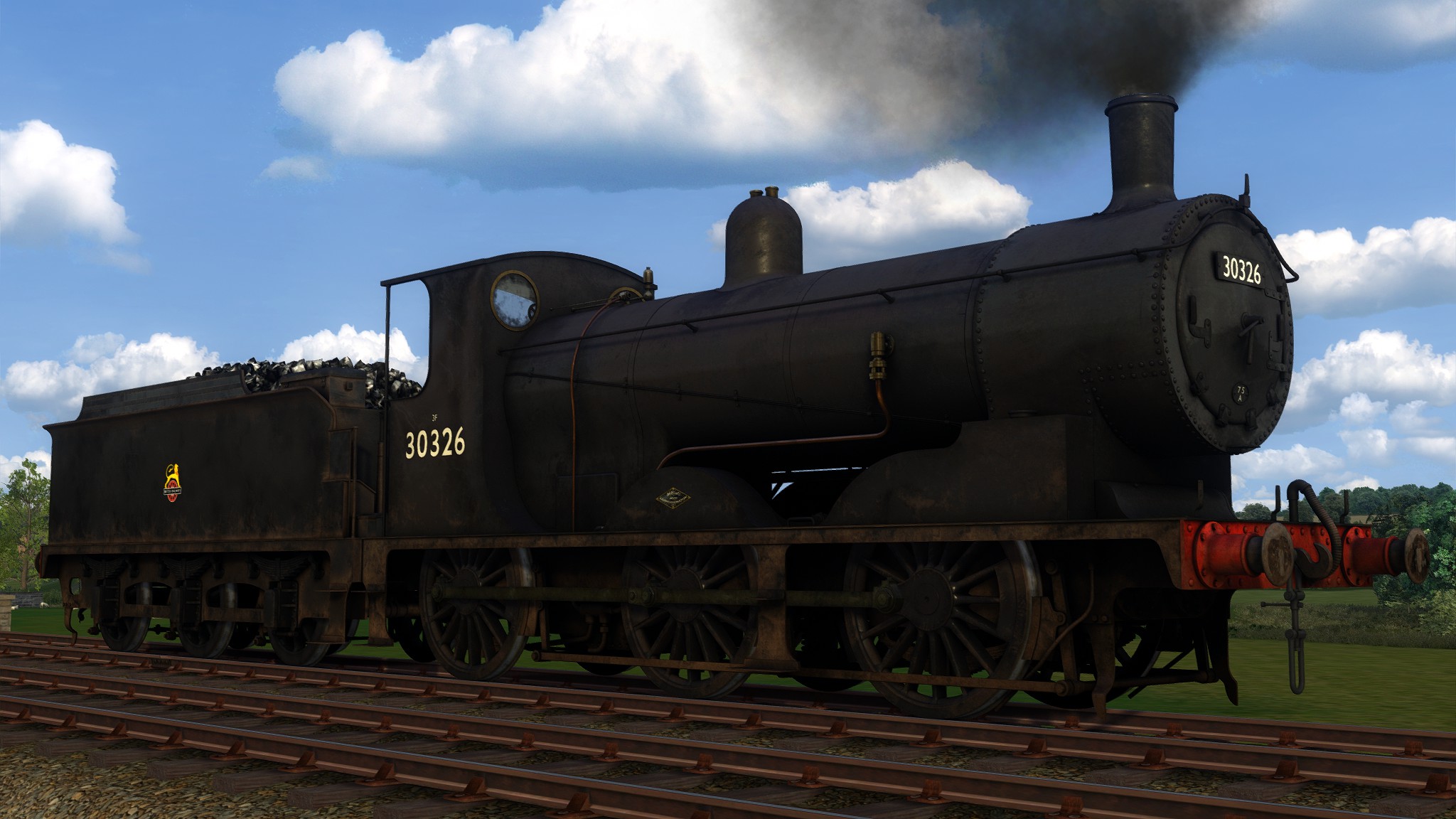
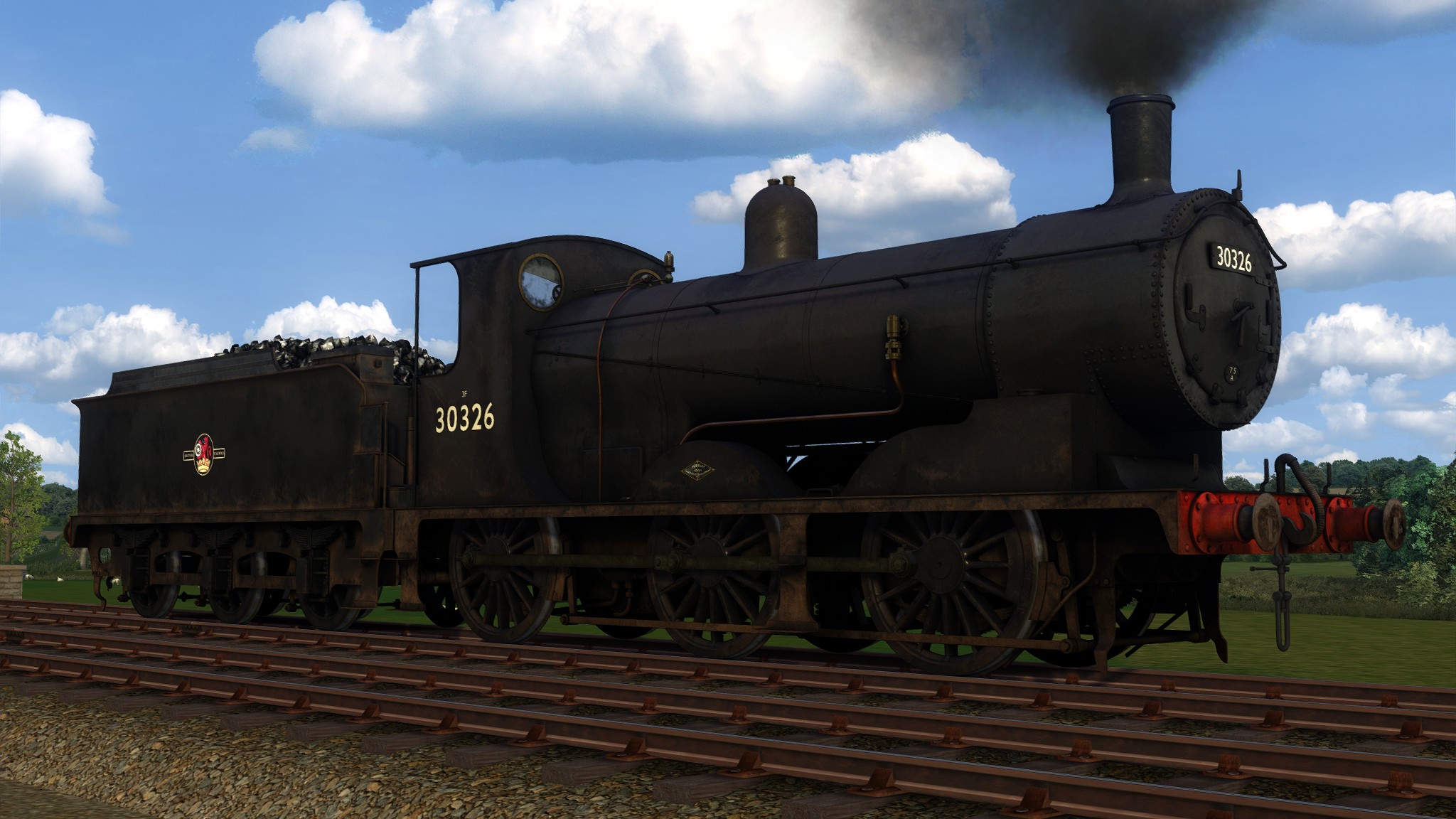
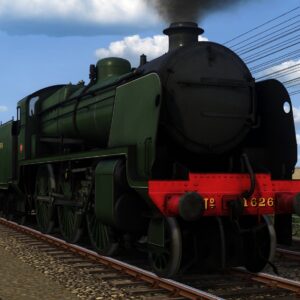
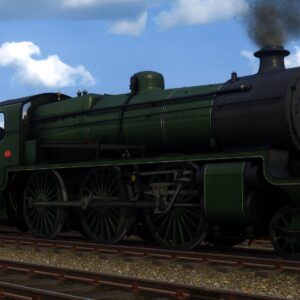
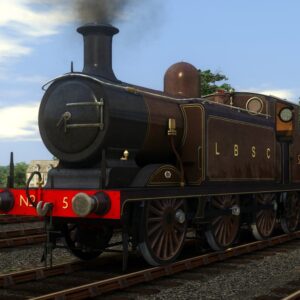
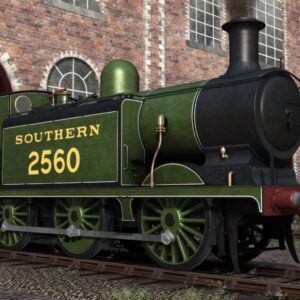
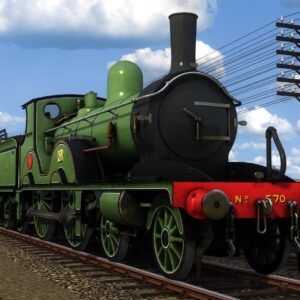
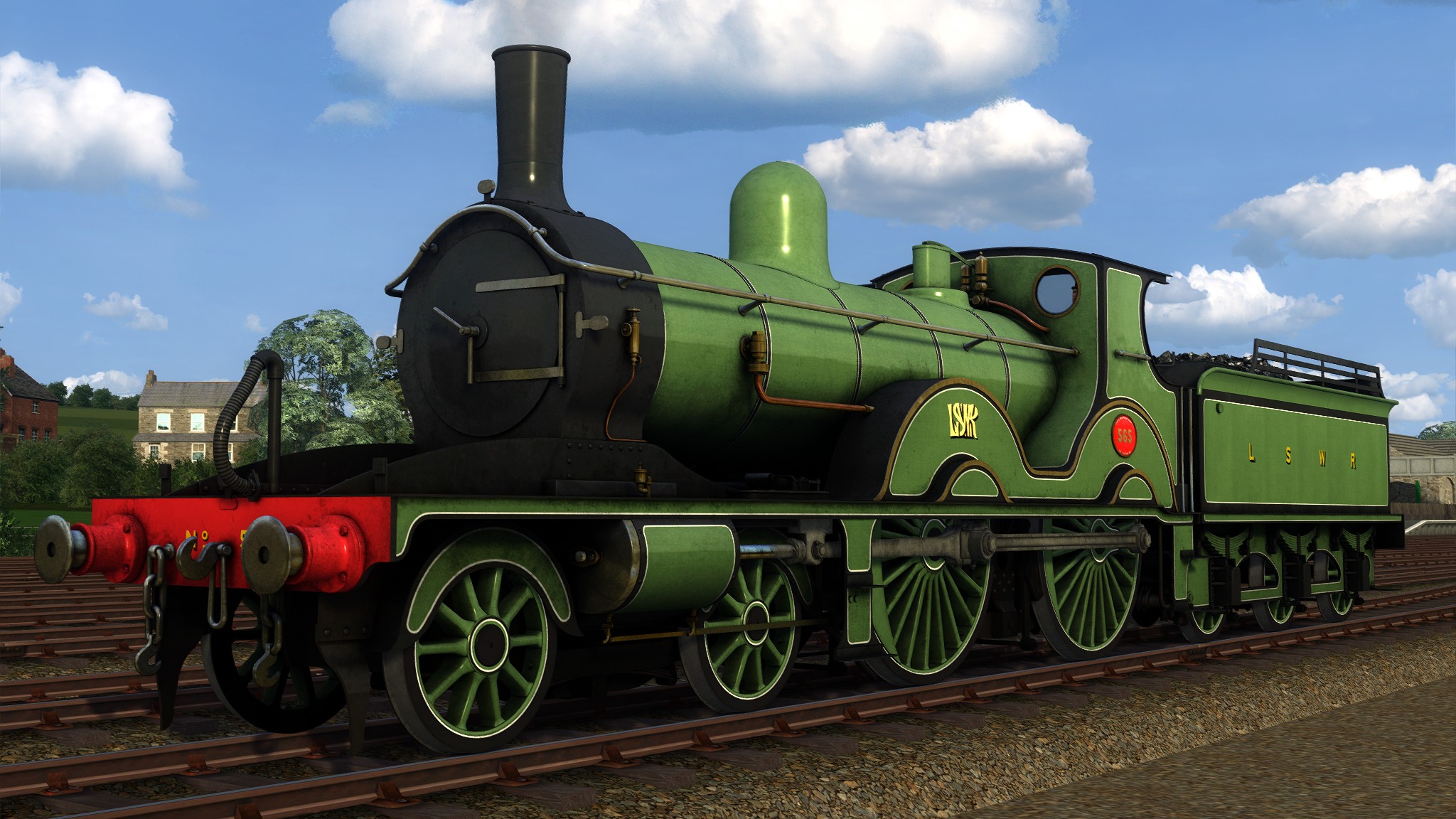
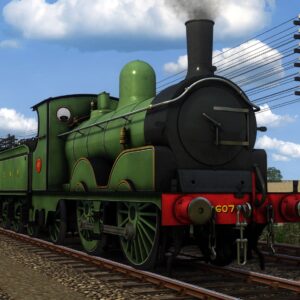
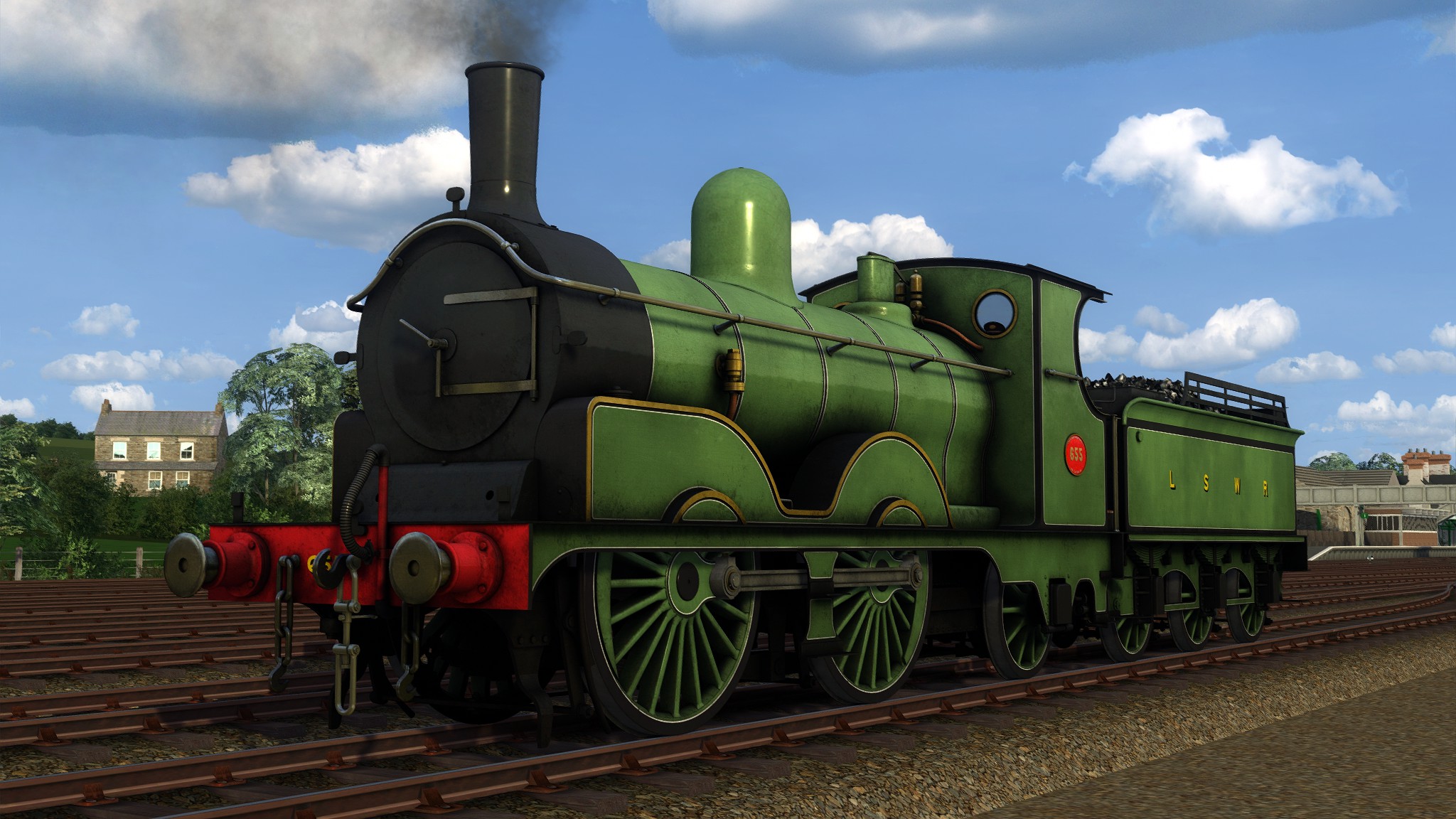
Reviews
There are no reviews yet.